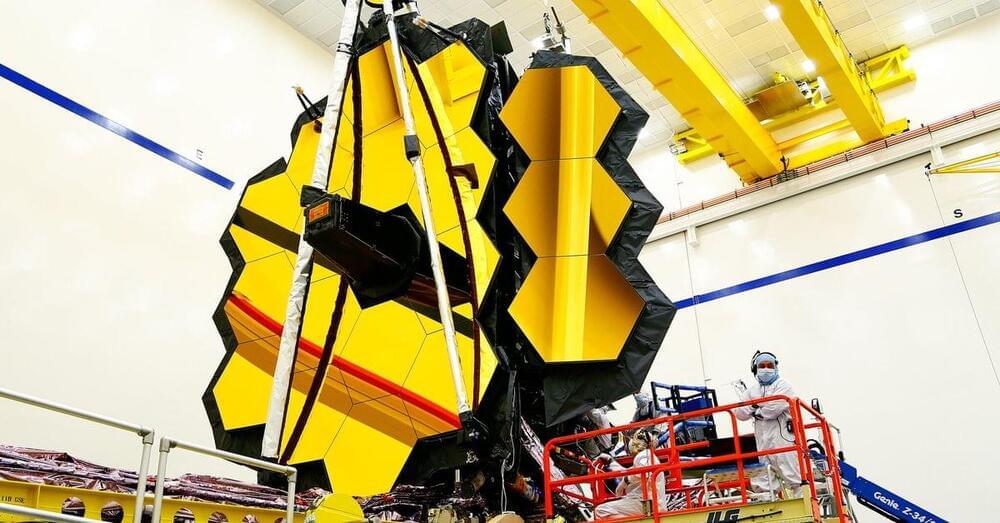The vehicle showcased at the event was Model SD-03, which was a demonstration for the autonomous SD-05 which is currently under development. The company is aiming to kickstart its business with the latter after unveiling it as a flying taxi at the World Expo 2025 in Osaka. It is worth mentioning that SkyDrive has been tested for manned flights and recently got certified by the Japanese government. “SkyDrive recently advanced toward commercialization with the Japanese transportation ministry’s acceptance of its type certificate application, a major milestone that no other flying vehicle developers have reached in Japan”, the company said in its statement.
READ | Flying car completes first 35-minute inter-city flight test in Slovakia
The model released by SkyDrive at the CES 2022 is a driver-only vehicle that runs on electricity and is equipped with eight propellers. As per SkyDrive’s description of the vehicle, it can carry a maximum weight of 400 kg and is capable of cruising at 40–50 kilometres per hour for five to ten minutes. The company had revealed the first prototype of its eVTOL in 2018 and conducted the first manned flight in 2020. According to a report by Interesting Engineering, more companies such as Lilium and Volocopter are also planning to kickstart their flying car business this decade.








